10 Best Herbal Creams For Bruises
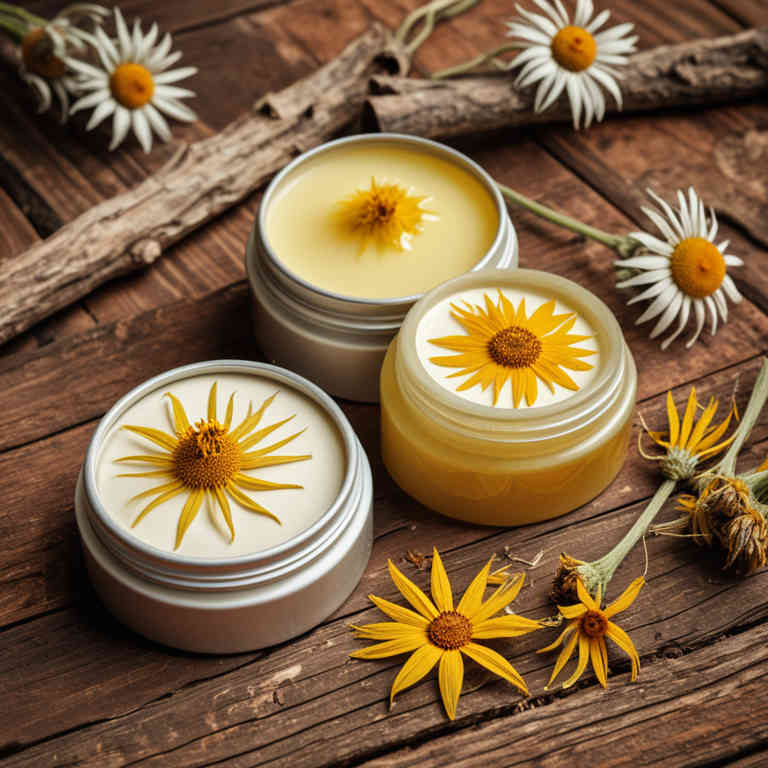
Herbal creams for bruises are natural remedies that combine the soothing properties of plant-based ingredients to help reduce inflammation and promote healing.
These creams often contain herbs like arnica, comfrey, and calendula, which are known for their anti-inflammatory and regenerative effects. They are typically applied topically to the affected area to ease pain and speed up recovery from minor injuries such as bruises. Unlike synthetic pain relievers, herbal creams are generally considered safer for long-term use and may offer a gentler alternative for those seeking natural treatments.
However, it is important to consult a healthcare professional before using any herbal remedy, especially if you have sensitive skin or are pregnant.
FREE Herb Drying Checklist
How to make sure every batch retains maximum flavor, color, and aroma without the risk of mold or over-drying. Eliminate guesswork and trial-and-error, making herb drying faster, easier, and more efficient every time.
Table of Contents
1. Rosa canina

Rosa canina, also known as rosehip, is a traditional herbal ingredient commonly used in the formulation of creams designed to aid in the healing of bruises.
These creams are rich in essential fatty acids, vitamins C and E, and antioxidants, which help to reduce inflammation and promote skin regeneration. The anti-inflammatory properties of Rosa canina can help ease the pain and swelling associated with bruises, while its nourishing components support the restoration of damaged skin tissue. Many users report a noticeable improvement in the appearance of bruises within a few days of regular application.
Due to its natural and soothing qualities, Rosa canina herbal creams are often recommended for both minor and more severe bruising, especially in cases where topical treatment is preferred.
2. Arnica montana
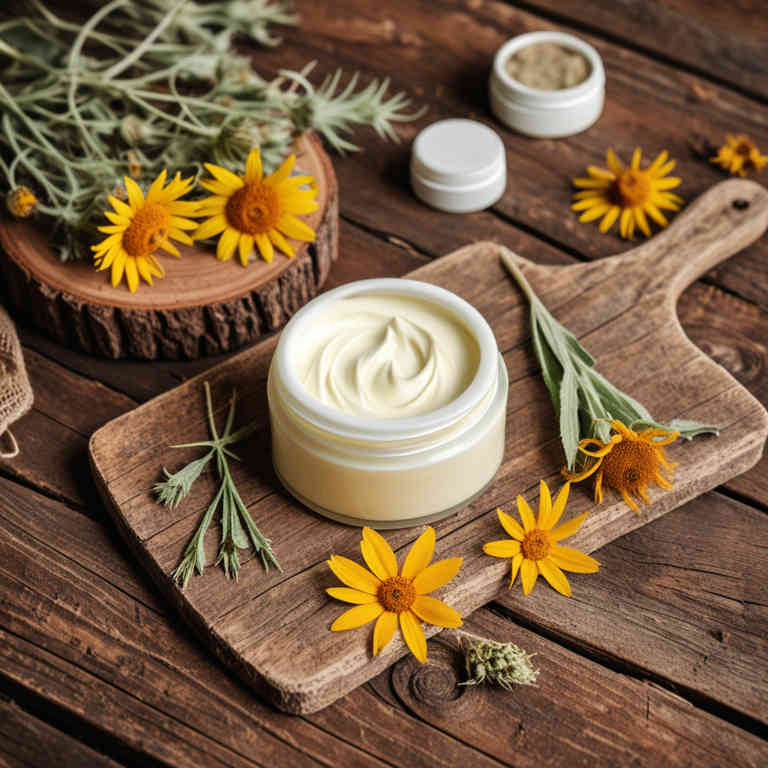
Arnica montana herbal creams are commonly used to alleviate pain and reduce inflammation associated with bruises.
These creams typically contain a concentrated form of the Arnica montana plant, which is known for its anti-inflammatory and analgesic properties. They are often applied topically to the affected area to promote healing and reduce swelling. However, it is important to note that arnica should not be used on open wounds or broken skin, as it may cause irritation.
While many people find arnica creams effective for minor bruises, it is advisable to consult a healthcare professional before use, especially for more severe injuries.
3. Hypericum perforatum
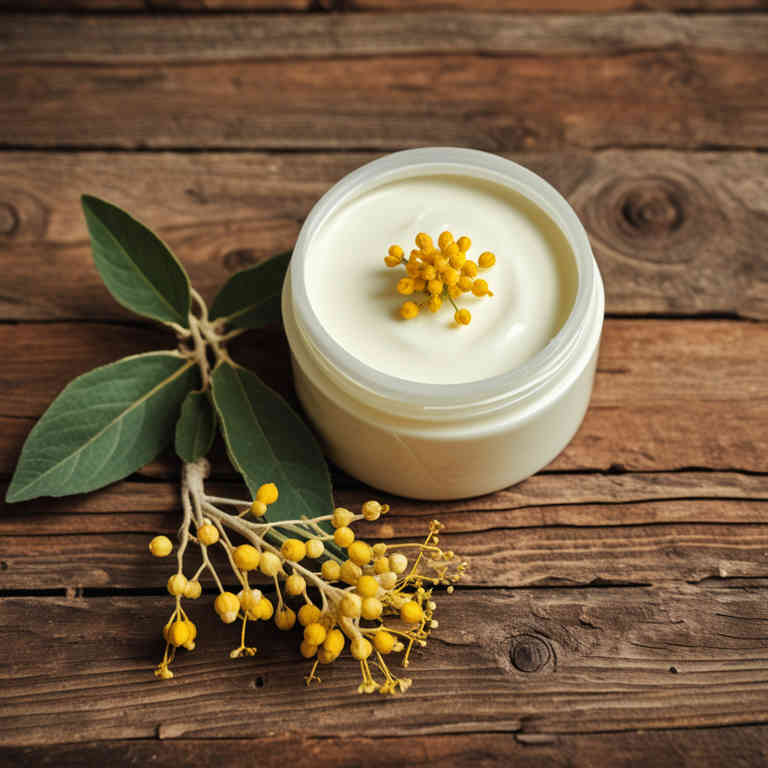
Hypericum perforatum, commonly known as St. John's Wort, is often used in herbal creams to help alleviate the symptoms of bruises.
These creams typically contain extracts of the plant's hypericin and other bioactive compounds that are believed to have anti-inflammatory and analgesic properties. When applied topically, the cream may help reduce swelling, pain, and discoloration associated with bruising by promoting healing and improving circulation. Some studies suggest that the active ingredients in St. John's Wort may support tissue repair and reduce oxidative stress in damaged areas.
However, it is important to consult a healthcare professional before using these creams, especially if you are taking other medications, as St. John's Wort can interact with certain drugs.
4. Cnicus benedictus

Cnicus benedictus, commonly known as blessed thistle, is a herb often used in the formulation of natural herbal creams for bruises.
These creams are traditionally believed to support the healing process by reducing inflammation and promoting circulation, which can aid in the recovery of bruised tissues. The active compounds in Cnicus benedictus may help to alleviate pain and accelerate the body's natural healing mechanisms. When applied topically, these herbal creams can provide a soothing effect and may help to reduce the appearance of bruises over time.
However, it is important to consult with a healthcare professional before using such products, especially if you have sensitive skin or are taking other medications.
5. Urtica dioica
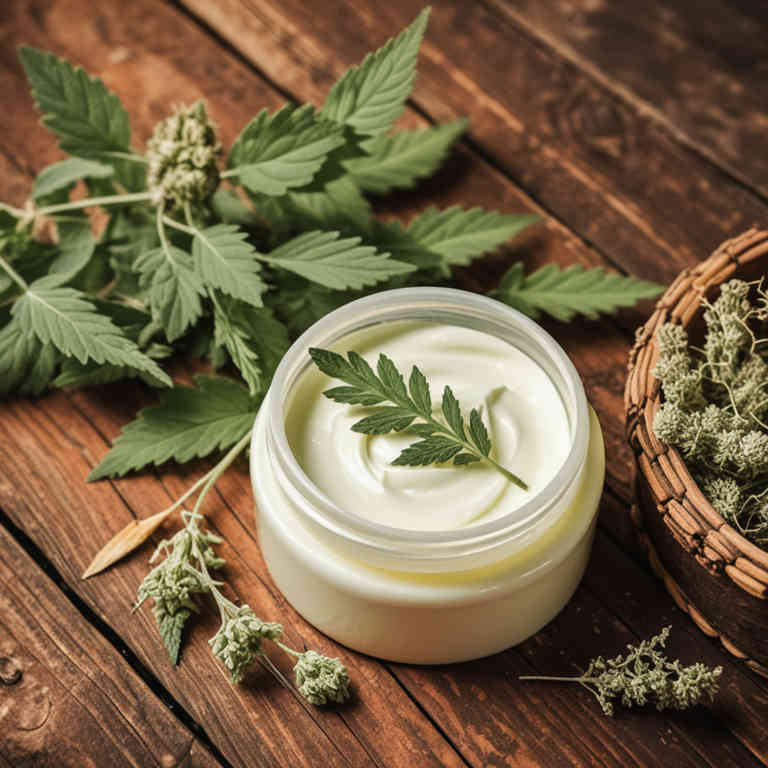
Urtica dioica, commonly known as stinging nettle, is a plant that has been traditionally used in herbal medicine for its anti-inflammatory and healing properties.
Urtica dioica herbal creams are formulated with extracts from the plant’s leaves and roots, which are rich in compounds like silica, flavonoids, and antioxidants. These creams are often used topically to help reduce the appearance of bruises by promoting circulation and accelerating the body’s natural healing process. The cooling and soothing effect of the cream can also provide relief from the pain and discomfort associated with bruising.
Due to its natural composition, urtica dioica cream is a popular alternative for those seeking a non-chemical approach to treating bruises.
6. Vitex agnus-castus
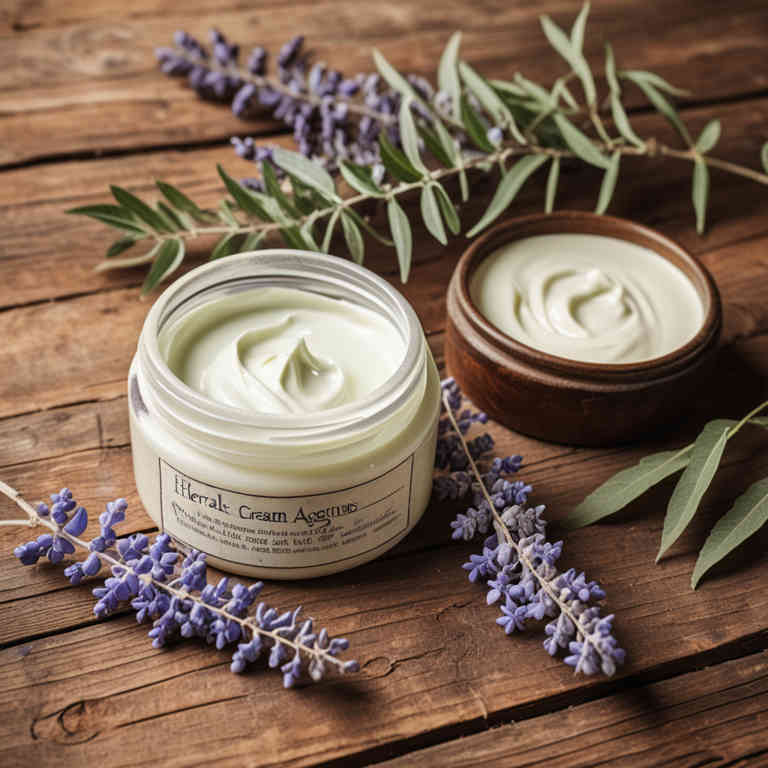
Vitex agnus-castus, also known as chasteberry, is often incorporated into herbal creams designed to aid in the healing of bruises.
These creams typically combine the plant's essential oils with other soothing ingredients like calendula, arnica, and lavender to promote circulation and reduce inflammation. The active compounds in vitex may help stimulate blood flow, which can accelerate the body's natural healing process and reduce the appearance of bruising more quickly. Many users report that these herbal creams provide a calming effect while supporting tissue repair and diminishing discoloration over time.
However, it is important to consult with a healthcare professional before using such products, especially for individuals with sensitive skin or existing medical conditions.
7. Calendula officinalis
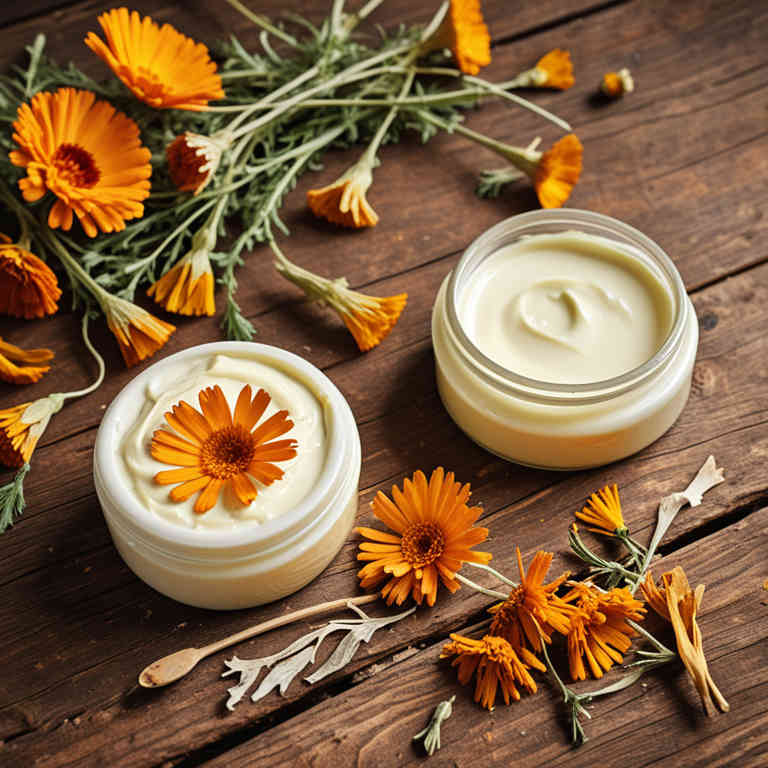
Calendula officinalis, commonly known as pot marigold, is a popular herbal ingredient used in the formulation of creams designed to aid in the healing of bruises.
These creams typically contain calendula extract, which is known for its anti-inflammatory and antioxidant properties that can help reduce swelling and promote skin regeneration. The soothing effects of calendula make it particularly effective in alleviating the discomfort associated with bruising, such as pain and tenderness. When applied topically, calendula-based creams can help accelerate the body's natural healing process by encouraging the breakdown of hemoglobin and the reabsorption of blood from the bruised area.
As a result, these herbal creams are often recommended as a natural and gentle alternative to conventional treatments for minor bruising and skin trauma.
8. Symphytum officinale
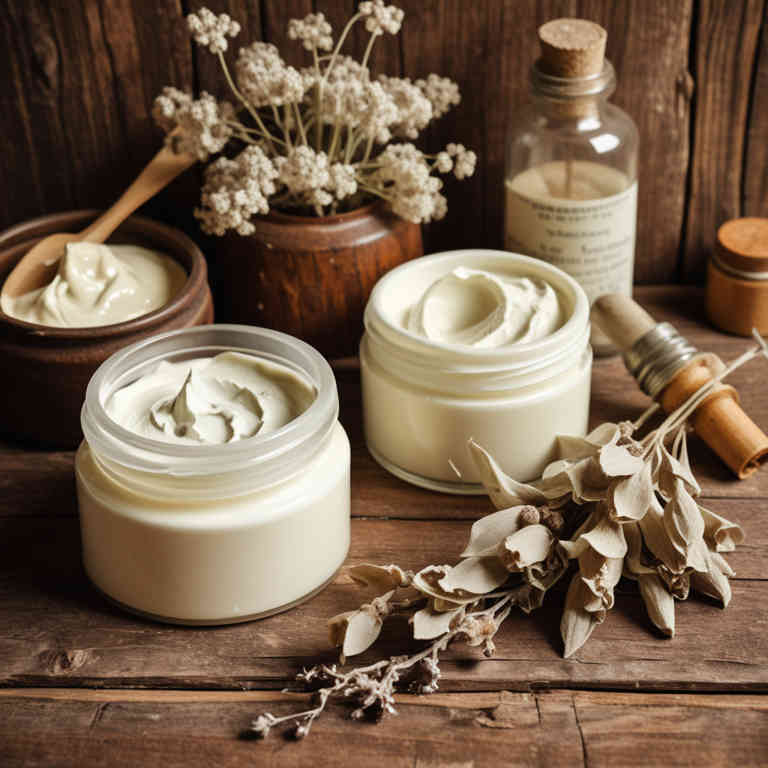
Symphytum officinale, commonly known as comfrey, is a traditional herbal plant often used in the formulation of creams for bruises due to its potential healing properties.
These creams typically contain comfrey extract, which is believed to promote tissue repair and reduce inflammation associated with bruising. The active compounds in comfrey, such as allantoin and rosmarinic acid, may help stimulate cell growth and enhance the body's natural healing process. However, it is important to note that comfrey can be toxic if ingested, so it should only be used externally and according to the manufacturer's instructions.
Despite its traditional use, individuals should consult with a healthcare professional before using comfrey-based creams, especially if they have existing health conditions or are taking other medications.
9. Aloe barbadensis
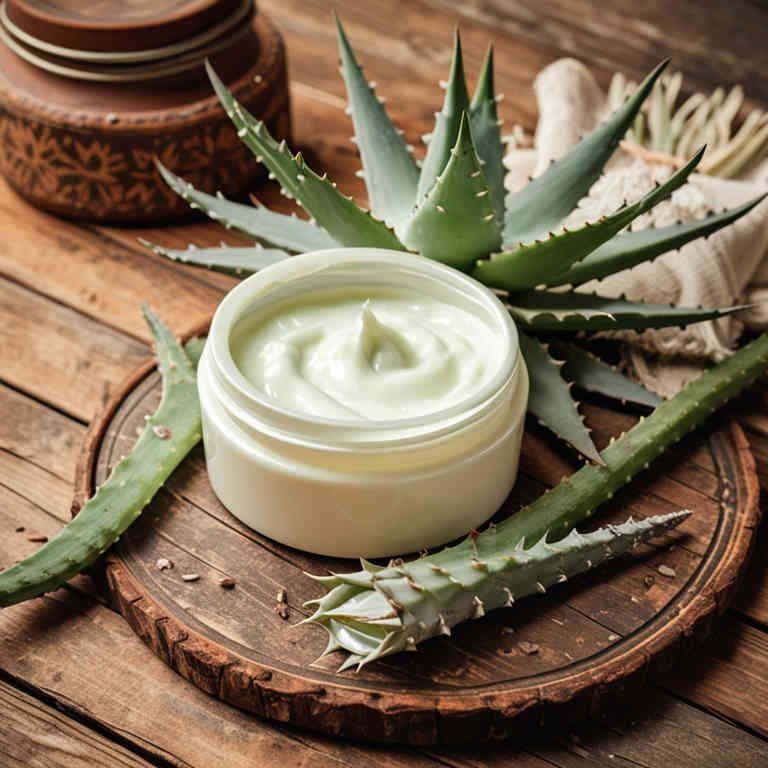
Aloe barbadensis, commonly known as aloe vera, is often incorporated into herbal creams designed to aid in the healing of bruises.
These creams typically combine aloe vera gel with other natural ingredients such as chamomile, calendula, and essential oils, which are known for their anti-inflammatory and soothing properties. The cooling effect of aloe vera helps to reduce swelling and pain associated with bruises, while its moisturizing qualities promote skin regeneration. Regular application of aloe-based creams can accelerate the recovery process by enhancing circulation and reducing the appearance of discoloration.
As a natural alternative to conventional treatments, aloe barbadensis herbal creams offer a gentle and effective option for those seeking to heal bruises without the use of synthetic chemicals.
10. Lavandula angustifolia
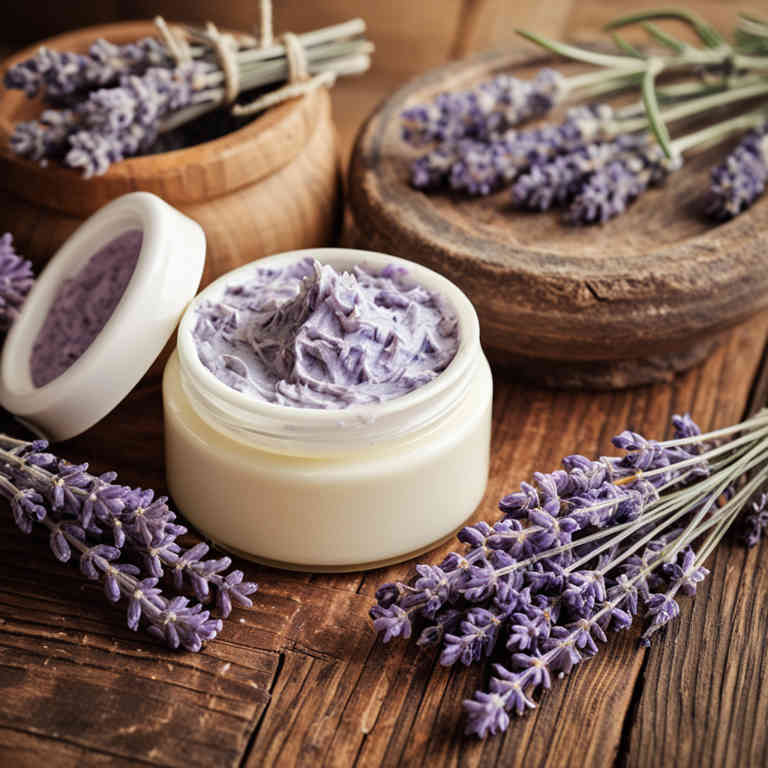
Lavandula angustifolia, commonly known as English lavender, is often incorporated into herbal creams for its soothing and anti-inflammatory properties.
These creams typically combine lavender essential oil with carrier oils like coconut or jojoba oil to create a nourishing and calming topical treatment. The anti-inflammatory and analgesic effects of lavender can help reduce swelling and pain associated with bruises by promoting circulation and tissue repair. When applied topically, lavender-infused creams may also have a calming aroma that can ease stress and enhance the overall healing process.
As a natural remedy, these creams are a popular alternative for those seeking gentle, plant-based solutions for bruising and skin irritation.